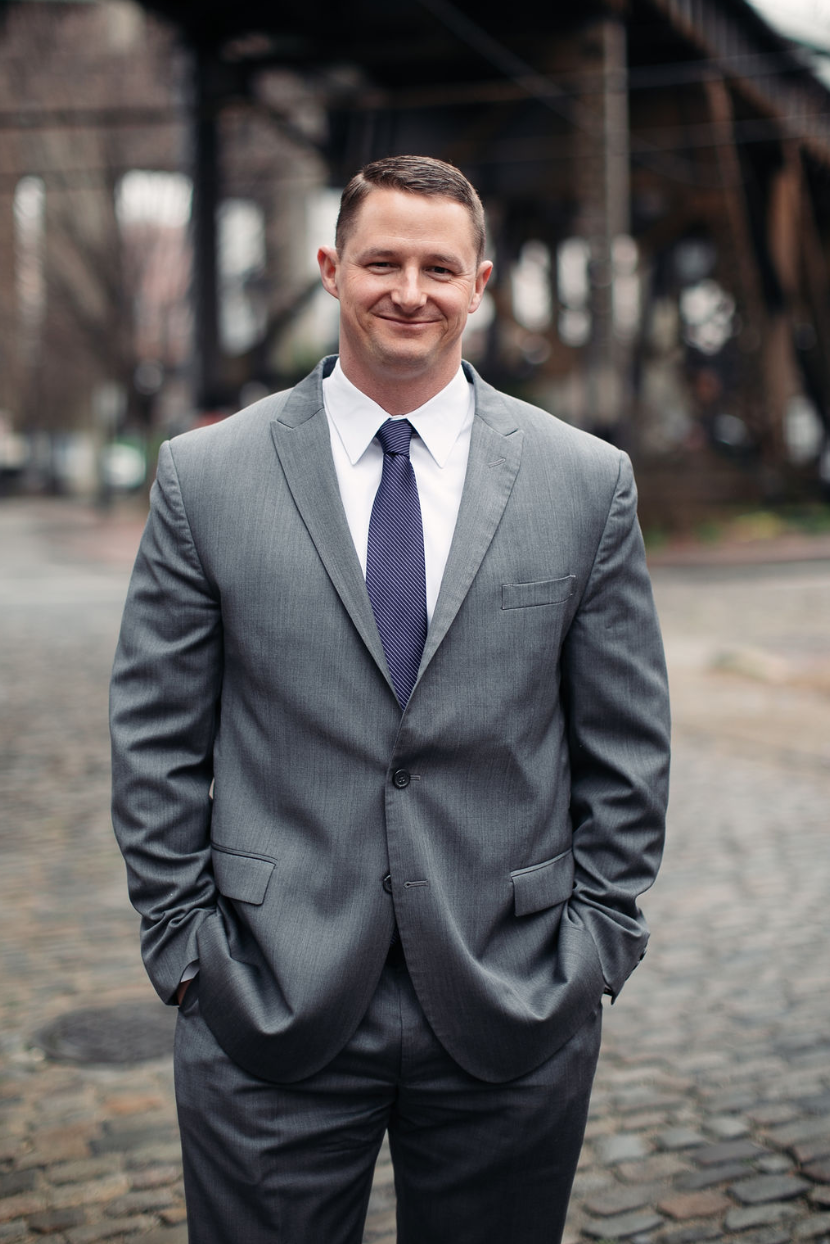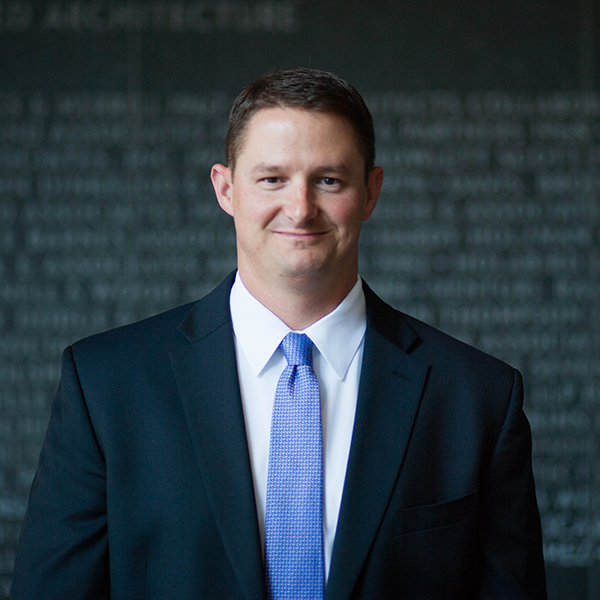Nick Serfass is the Executive Director of the Richmond Technology Council, a trade association representing over 150 companies, that works to support, grow, and celebrate the thriving technology ecosystem throughout Greater Richmond. Nick blends a technical background as an architect with a professional background in association management to design and drive programming at RVATECH that continues to position Richmond as the city of choice for technology practitioners, technology business owners, and technology leaders.
Meet Nick Serfass, FAIA
Nick Serfass, FAIA is currently the Executive Director of the AIAS, past Assistant Director of IDP at NCARB, and formerly a Project Architect at Baskervill in Richmond, VA. He advocates for causes impactful to today’s architecture student and emerging professional. He has spoken on campus at over 75 schools of architecture on the topic of career design, initiated the establishment of new architecture student conferences – CRIT Live: Student Research Symposia and THRIVE: Career Prep, founded NCARB’s Intern Think Tank, helped shepherd the experience requirement for licensure from IDP to IDP 2.0 to AXP, co-led a mentoring program at Baskervill that won the AIA/NCARB IDP Outstanding Firm Award, and hosted over 50 episodes of The #AskAnArchitect Show on YouTube. He is also a nationally-recognized speaker for ASAE: The Center for Association Leadership on the topics of digital transformation and leadership/management. He has two sons, Gray and Jack, that he and his wife are working on domesticating in their spare time in Midlothian, Virginia.
 Where did you go to college?
Where did you go to college?
Bachelors from the University of Virginia, MArch from the University of Miami, MBA from Auburn University
Would you recommend studying architecture to a young person?
There’s never been a better time – and it’s not about the economy. Whether you want to be an architect in traditional practice or not, the study of architecture helps establish competency in design thinking which has innumerable assets in today’s business environment. More and more companies are seeking design thinking and an architect’s approach to problem-solving. The architecture student of today can use this to their competitive advantage to provide significant value in a range of industries and businesses. Everything demands design thinking in 2018.
What does it take to be an architect?
Ambiguity tolerance, lack of ego, and empathy. Ambiguity tolerance: You have to come to grips with the fact you can’t know everything and get comfortable in that space. Lack of ego: Every project requires a team and teamwork – silos and individualistic attitudes are toxic. Empathy: It’s about the people, not the creative – big ears foster the best design.
Was there an architect that particularly inspired you?
Originally it was Palladio, but he was a little hard to relate to being 1/2 millennium older than me. Then it was Michael Graves until I read his biography Design for Life, which paints a questionable portrait of his early days until he makes his philanthropic turnaround later in his career. So, now it’s my first mentor, Bruce Brooks, formerly of Baskervill and now of Noelker & Hull here in Richmond – someone who gave me opportunities early on and put me in position to be the architect and manager that I am today.
What are you currently reading?
The Creature from Jekyll Island: A Second Look at the Federal Reserve by G. Edward Griffin. This book will make you question everything you know about our American financial system. It’s a historical expose framed as a crime drama – the crime being the establishment of the Federal Reserve Bank. If you’ve read “The Big Short” by Michael Lewis, this is a necessary follow up read. I really don’t know why anyone reads fiction anymore when the reality is way more interesting than anything you could fabricate.
What’s the best meal you’ve ever had?
The takeout personal pizzas at Tavern 19 in Midlothian that I get every Tuesday night for 1/2 off on the way home from work are delicious. They are equally sublime whether eaten in the comfort of your own home or on their patio overlooking the 18th green at Independence Golf Club. The food and ambiance in Midlothian are the most underrated in the state!
Why do you volunteer with the AIA?
I volunteer with the AIA to diversify the impact I’m able to make in the profession. Sure, I have my daily job and work, but the AIA provides another channel to help do good things and make a difference in people’s lives.


